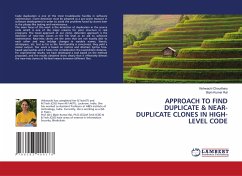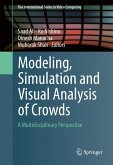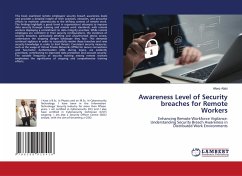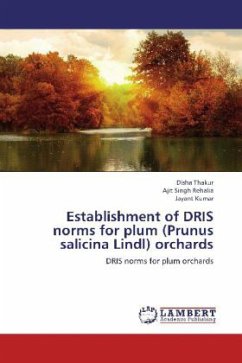The use of virtual crowds in visual e ects has grown tremendously since the war-ring armies of virtual orcs and elves were seen in The Lord of the Rings. These crowds are generated by agent-based simulations, where each agent has the ability to reason and act for itself.This autonomy is e ective at automatically producing realistic, complex group behaviour but leads to problems in controlling the crowds.Due to interaction between crowd members, the link between the behaviour of the individual and that of the whole crowd is not obvious. he control of a crowd's behaviour is, therefore,time consuming and frustrating,as manually editing the behaviour of individuals is often the only control approach available.This problem of control has not been widely addressed in crowd simulation research.We propose,implement and test a system in which a user may control the behaviour of a crowd by means of general constraints. This Constraint Satisfaction system automatically alters the behaviour of the individuals in the crowd such that the group behaviour meets the provided constraints.
Bitte wählen Sie Ihr Anliegen aus.
Rechnungen
Retourenschein anfordern
Bestellstatus
Storno








